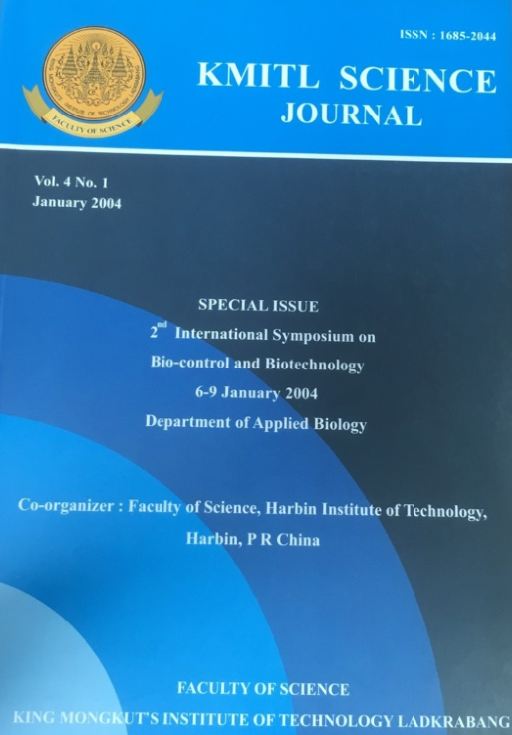A Study of Mango Insect Pests with Emphasis on Mango Twig Borer, Nephonoclea spp. (Coleoptera: Cerambycidae) and Its Natural Enemies
Main Article Content
Abstract
The succession of mango insect pests with emphasis on mango twig borer and its natural enemies in relation to mango penology was determined under Central Luzon State University and farmer’s field conditions. Visual and destructive sampling were used for monitoring of mango twig borer’s adult and larva respectively. Mobile mango insect pests and natural enemies were monitored using insect net, while immobile insects including the immature ones were monitored visually. Small insects and other arthropods were collected by tapping the branches underneath a white material. Nocturnal and flying insects were monitored through the use of yellow sticky trap. Twenty branches from each stratum, ten from inner and ten from outer branches were used as sample. Weekly monitoring was done in each location.
Result showed that at CLSU condition, the occurrence of mango twig borer started at flushing or nine to ten months before flower induction (90 to 300 DAFI) up to pre- opening of flower (26-29 DAFI). No mango twig borer was found during flower opening to blooming stages (15-22 days after bud break or 36 DAFI). Population was higher at the middle strata of the outer branches of canopy. Under farmer’s field condition, no twig borer was observed at pre-opening up to fruit set stages.
Other mango insect pests observed under farmer’s field and CLSU conditions were corn silk beetle, mango hopper and fruit flies. Corn silk beetle occurred during flushing stage. Mango hopper appeared from bud break (7-12 DAFI) until fruit setting (39-49 DAFI). While fruit flies were noted from fruit setting to fruit maturity (19-120 DAFI). Seed borers were observed from fruit setting to fruit development up to harvesting.
Natural enemies such as Eucophyla smaragdina, lace wings, staphylinid beetle praying mantis, spiders and wasps were also observed throughout the growing period of the crop. But as to what specific insect pest they predate or parasitized was not determined.
Keywords: Mango twig borer, Nephonoclea spp. Coleoptera, Cerambycidae, natural enemies, Mangifera indica
Corresponding author: E-mail:cast@kmitl.ac.th
Article Details
Copyright Transfer Statement
The copyright of this article is transferred to Current Applied Science and Technology journal with effect if and when the article is accepted for publication. The copyright transfer covers the exclusive right to reproduce and distribute the article, including reprints, translations, photographic reproductions, electronic form (offline, online) or any other reproductions of similar nature.
The author warrants that this contribution is original and that he/she has full power to make this grant. The author signs for and accepts responsibility for releasing this material on behalf of any and all co-authors.
Here is the link for download: Copyright transfer form.pdf
References
[2] PCARRD, The Philippine Recommends for Mango. Revised Edition. (Los Baños, Laguna, 1999)
[3] F.M.Corey, E.D. Cadapan Jr. and F.F. Sanchez. Economic injury levels of the leafhoppers Idioscopus clypealis L. in Mango, Philippine Entomologist, 7(6), 1989, 555-556.
[4] A.C. Sen and D. Prasad. Experiment with new systemic insecticides for the control of hoppers in Bihham, Indian. Journal Entom. 16, 1956, 243.


